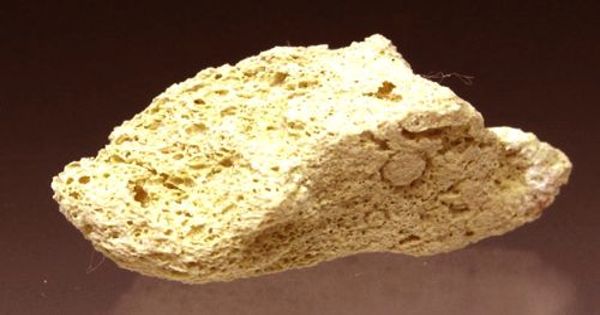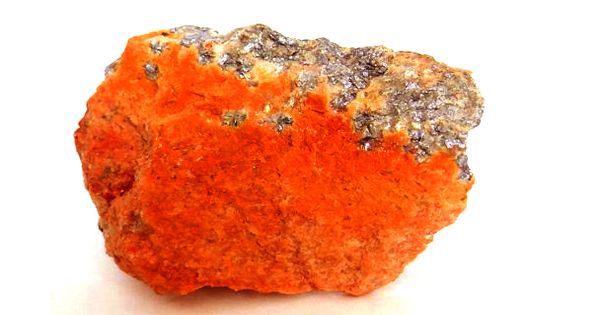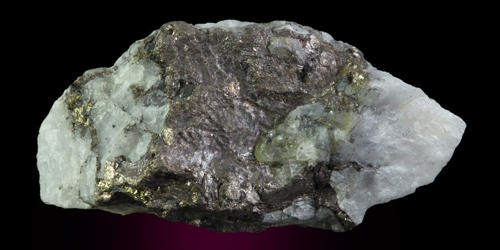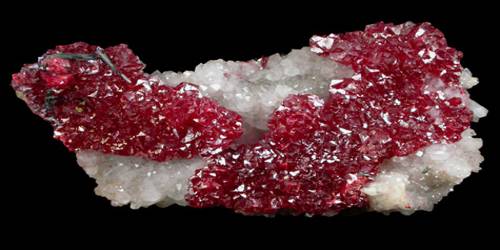Millosevichite is a rare sulfate mineral with the chemical formula Al2(SO4)3. It is a rare mineral with the chemical formula Al2(SO4)3, forming white to yellowish cryptocrystalline masses. Aluminum is often substituted by iron. It forms finely crystalline and often porous masses. It was first described in 1913 for an occurrence in Grotta dell’Allume, Porto Levante, Vulcano Island, Lipari, Aeolian Islands, Sicily. It was named for Italian mineralogist Federico Millosevich (1875–1942) of the University of Rome.
The mineral is mainly known from burning coal dumps, acting as one of the main minerals forming sulfate crust. It can be also found in volcanic solfatara environments. It occurs with native sulfur, sal ammoniac, letovicite, alunogen, and boussingaultite.
General Information
- Category: Sulfate mineral
- Formula: (repeating unit) Al2(SO4)3
- Crystal system: Trigonal
- Crystal class: Rhombohedral (3)
- Color: Indigo, bright red, brick-red.
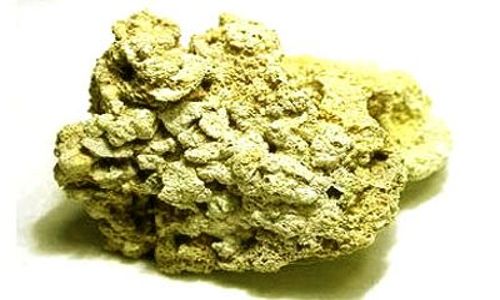
Fig: Millosevichite -a rare sulfate mineral
Properties
- Crystal habit: Granular aggregates of minute crystals; stalactitic porous masses
- Mohs scale hardness: 1.5
- Luster: Vitreous
- Diaphaneity: Semitransparent
- Specific gravity: 1.72 measured
- Optical properties: Uniaxial (+)
- Refractive index: nω = 1.500 nε = 1.515
- Birefringence: δ = 0.015
Occurrence: Precipitated at high temperatures from gasses originating from solfataric activity or burning coal measures. Millosevichite was first described in 1913 for an occurrence in Grotta dell’Allume Porto Levante Vulcano Island Lipari Aeolian Islands Sicily and was named after Italian mineralogist Federico Millosevich of the University of Rome.
Association: Sulfur, sal ammoniac, letovicite, alunogen, boussingaultite (Kladno, Czech Republic).
